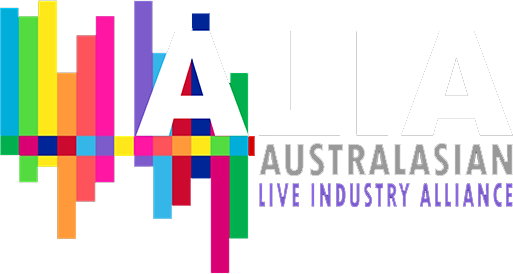by Andy Ciddor
It’s pretty widely acknowledged that the once-adequate Colour Rendering Index (CRI – published in 1965) that told us about the colour accuracy of fluorescent, arc and metal halide light sources is pretty hopeless as a measure for our modern LED, laser/phosphor and related light sources.
Whilst the CIE (Commission Internationale de l’Eclairage) is grinding its way inexorably to developing an internationally-ratified standard that improves on its old method, the colour experts at the European Broadcasting Union (yes they do stuff in addition to broadcasting the Eurovision Song Contest) set about developing a new measurement.
The new version of their Television Lighting Consistency Index (TLCI) is designed to look at how light sources render images for modern colour television cameras with CCD and CMOS pickup chips, rather than the way things look to human eyes. However as TV cameras tend to be way more sensitive to colour inconsistencies than we are, this metric will give you a pretty good idea how your displays, sets, costumes and makeup are going to look both on camera and to the audience’s eyes.
Like the CRI, TLCI is an index – so a candle, a tungsten fixture and sunlight all come out at 100 for perfect colour rendering, and most other sources come out at something less. The closer to 100 the measurement is, the more accurately the colours of illuminated objects will be seen. The results of the test don’t only produce a number (see the accompanying image), they include a rendering of a standard film colour reference chart as it would appear on camera when illuminated by the source under test, together with a correlated colour temperature (CCT) for the source, a graph comparing the source with either a blackbody radiator or daylight, and some advice for colourists on how much of what type of correction is required to achieve an adequate white balance.
There’s more information about this on the UK Guild of Television Cameramen site at www.gtc.org.uk/tlci-results.aspx and a list of how some luminaires faired in the test at www.gtc.org.uk/tlci-results/tlci-results-new-format.aspx.
Technical details of the TLCI methodology and how such things as the test chips and the camera response curves were developed are available on the EBU web site at tech.ebu.ch/tlci-2012. If you have a decent-quality spectrophotometer you can download a program to assess the TLCI of your own luminaires from this site too.




















































